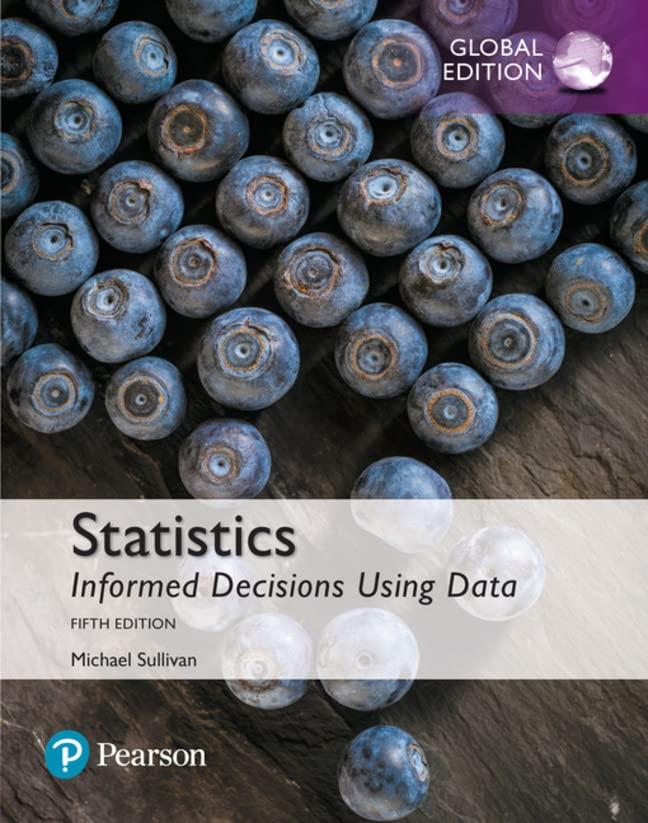In the Spacelab Life Sciences 2 payload, 14 male rats were sent to space. Upon their return,
Question:
In the Spacelab Life Sciences 2 payload, 14 male rats were sent to space. Upon their return, the red blood cell mass (in milliliters) of the rats was determined. A control group of 14 male rats was held under the same conditions (except for space flight) as the space rats, and their red blood cell mass was also determined when the space rats returned. The project resulted in the data listed in Table 3. Does the evidence suggest that the flight animals have a different red blood cell mass from the control animals at the \(\alpha=0.05\) level of significance?

Approach This experiment is a completely randomized design with response variable red blood cell mass. The treatment is space flight, which is set at two levels: space flight or no space flight. The experimental units are the 28 rats. The expectation is that all other variables that may affect red blood cell mass are accounted for by holding both groups of rats in the same condition (other than space flight) and through random assignment.
We are attempting to determine if the evidence suggests that space flight affects red blood cell mass. We assume no difference, so we assume the mean red blood cell mass of the flight group equals that of the control group. We want to show that the mean of the flight group is different from the mean of the control group.
Verify that each sample comes from a population that is approximately normal with no outliers by drawing normal probability plots and boxplots. The boxplots will be drawn on the same graph so that we can visually compare the two samples. Then follow Steps 1 through 5, listed.
Step by Step Answer:

Statistics Informed Decisions Using Data
ISBN: 9781292157115
5th Global Edition
Authors: Michael Sullivan





